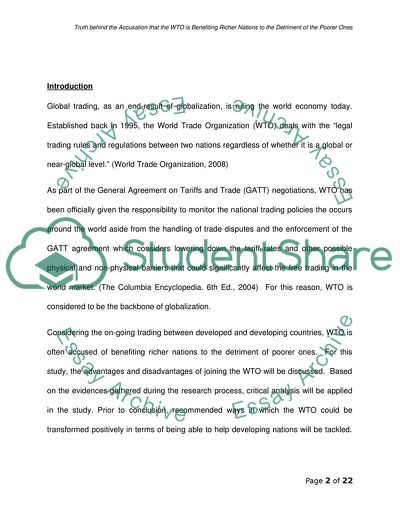Cite this document
(“The World Trade Organisation Essay Example | Topics and Well Written Essays - 4500 words”, n.d.)
The World Trade Organisation Essay Example | Topics and Well Written Essays - 4500 words. Retrieved from https://studentshare.org/miscellaneous/1547383-the-world-trade-organisation
The World Trade Organisation Essay Example | Topics and Well Written Essays - 4500 words. Retrieved from https://studentshare.org/miscellaneous/1547383-the-world-trade-organisation
(The World Trade Organisation Essay Example | Topics and Well Written Essays - 4500 Words)
The World Trade Organisation Essay Example | Topics and Well Written Essays - 4500 Words. https://studentshare.org/miscellaneous/1547383-the-world-trade-organisation.
The World Trade Organisation Essay Example | Topics and Well Written Essays - 4500 Words. https://studentshare.org/miscellaneous/1547383-the-world-trade-organisation.
“The World Trade Organisation Essay Example | Topics and Well Written Essays - 4500 Words”, n.d. https://studentshare.org/miscellaneous/1547383-the-world-trade-organisation.


